If you’re like most people, you don’t think about your chimney very often. But when you do, it’s probably because there’s a problem. Whether it’s a clog, a crack, or general wear and tear, problems with your chimney parts can be both a nuisance and a danger.
More than 25,000 chimney fires occur in the United States each year, causing an estimated $125 million in property damage.
The good news is that several options are available to you when it comes to repairing or replacing your chimney. Let’s look at the six best chimney relining options to help you make the best decision for your home.
What is Chimney Relining?
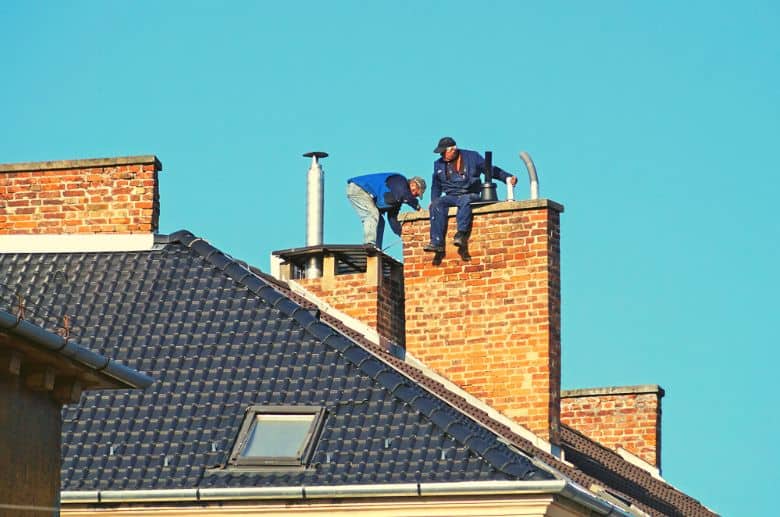
Chimney relining is the process of installing a new liner inside an existing chimney. The liner protects the chimney from the damaging effects of heat and corrosion and also makes the chimney more efficient.
There are many reasons to reline a chimney, but repairing damage caused by heat or corrosion is the most common.
Chimney relining is not a do-it-yourself project; it should be done by a qualified chimney professional.
When you hire a professional to reline your chimney, they will first inspect the chimney to determine the best type of liner for your situation. They will also let you know if any other repairs need to be made before relining.
Once you decide to reline the chimney, the professionals will prepare the chimney for relining. This may involve removing any existing liners if present. They will then clean the chimney and make any necessary repairs.
Once the chimney is ready, the experts will install the new liner. They’ll insert the liner into the chimney through the top or bottom. They will secure the liner and the chimney will be ready for use.
——
Do You Need to Hire Chimney & Fireplace Expert?
Get free quotes from qualified experts near you. No commitment required!
——
Is Chimney Relining Necessary?
The answer to this question depends on several factors, including the age and condition of your chimney, the type of heating system you have, the frequency with which you use your fireplace, and more.
Generally speaking, if your chimney is in good condition and you don’t use your fireplace very often, relining may not be necessary.
However, relining may be a good idea if your chimney is older or in poor condition.
Additionally, if you have a newer, more efficient heating system, such as a gas furnace, relining your chimney can improve its performance and prevent any problems down the road.
A professional chimney sweep can inspect your chimney and help you to determine whether or not relining is necessary.
Chimney Relining Options
For homeowners considering chimney relining, there are several good choices available.
The two main ones? Stainless steel liners, known for their lasting strength, and sealant-based liners, which are favored for their efficiency.
Both are great solutions to common issues like mismatched flue sizes and draft problems.
Clay Tile Liners
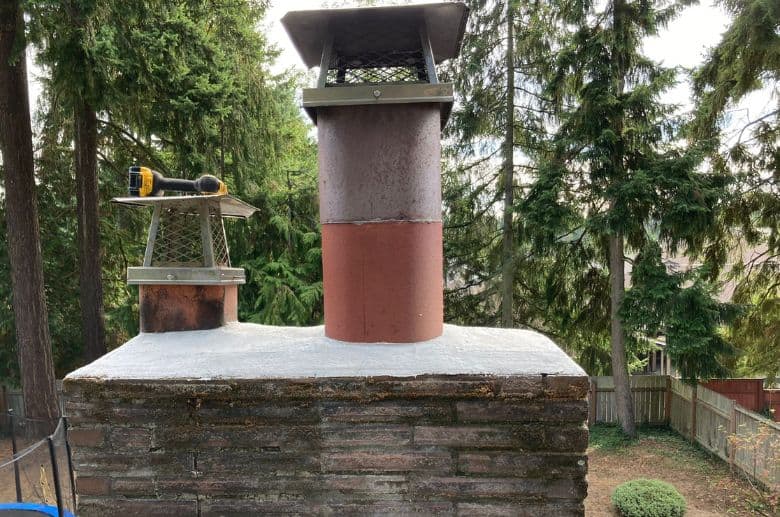
Clay tile chimney liners are the most common type of liner. They’re made of fired clay and are designed to withstand the high temperatures produced by fireplaces and wood-burning stoves.
Clay tile liners are very durable and can last many years. However, they’re not infallible and can crack or break over time.
If your clay tile liner is damaged, it must be repaired or replaced as soon as possible. Otherwise, your chimney could risk leaks, fires, and other problems.
Stainless Steel Steel Liners
Stainless steel chimney liners are less common than clay tile liners but have a few advantages.
Stainless steel liners are less likely to crack or break than clay tile flue liners. They’re also more flexible, so they can be installed in chimneys with offsets or bends.
These liners are better at conducting heat than clay tile liners. This means that they can improve the efficiency of your chimney.
Finally, it’s estimated that stainless steel liners can improve your chimney’s draft by up to 20% for gas-fired appliances and up to 15% for oil-fired devices.
Cast-in-Place Liner
Made from reinforced concrete, cast-in-place liners are poured into your chimney from the top down. They’re custom-made to fit your chimney and can be used to repair damage or line an unlined chimney.
Cast-in-place liners are very durable and can last for many years. They’re also less likely to crack than clay tile liners.
However, cast-in-place liners are more expensive than others and can be challenging to install. As such, they should only be installed by a qualified professional.
Aluminum Chimney Liner
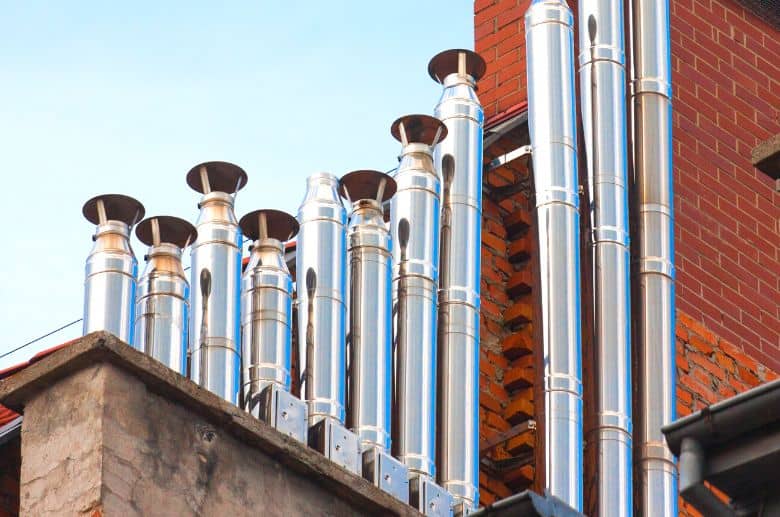
Aluminum is a well-known conductor of heat. Consequently, aluminium chimney liners are often used in high-efficiency furnaces and other appliances.
Aluminium chimney liners are less likely to corrode than other metal liners. However, they’re not as durable as stainless steel and can be damaged by acidic flue gasses.
An aluminium chimney liner may not be your best choice if you have a wood-burning stove or fireplace, and the main reason is that aluminium expands when heated and contracts when cooled. This expansion and contraction can cause the liner to loosen over time, leading to leaks.
Concrete Chimney Liner
Another option for relining your chimney is a concrete liner. Isokern makes these chimney liners from pumice, a volcanic rock with exceptional heat resistance and insulating properties, which is precisely what you want for a flue liner.
Concrete chimney liners are very durable and can last for many years. They’re also less likely to crack than clay tile liners.However, concrete chimney liners are more expensive and can be challenging to install. As such, they should only be installed by a qualified professional, which increases the total installation cost in many cases.
Heat-Shield Chimney Liners
When it comes to heat-shield chimney liners, you have different options. These include aluminium foil, stainless steel, and ceramic fiber.
- Aluminium foil is the most common type of heat-shield liner, and it’s also the least expensive. However, it’s not as durable as stainless steel or ceramic fiber.
- Stainless steel heat-shield liners are more durable than aluminium foil but can be more expensive.
- Ceramic fiber is the most durable type of heat-shield liner but is the most expensive.
The main advantage of heat-shield chimney liners is that they reflect heat into the flue, making them more efficient than other liners. They’re also less likely to corrode than metal liners.
However, heat-shield liners are not as durable as other options and can be damaged by acidic flue gasses.
Golden Flue Liners
Finally, there are golden flue liners. Golden flue is a volcanic rock that makes the liner fireproof and is used to replace, restore, and maintain chimneys of all ages.
Golden flue works with various heating equipment, including wood-burning, gas, oil, and coal-burning stoves, as well as high-temperature incinerators.
These flue liners are more expensive than other options, but they’re also one of the most durable types of chimney liners available.
While they’re not as common as other types of liners, golden flue liners are an excellent choice for those who want the best possible protection for their chimney.
No matter which type of chimney liner you choose, it’s essential to have it installed by a qualified professional. A professional can also help you choose the right type of liner for your needs and ensure that it’s appropriately sized for your chimney.
——
Do You Need to Hire Chimney & Fireplace Expert?
Get free quotes from qualified experts near you. No commitment required!
——
——
Do You Need to Hire Chimney & Fireplace Expert?
Get free quotes from qualified experts near you. No commitment required!
——
How Do I Know if My Chimney Needs a New Liner?
The following are signs of a chimney liner that needs replacement and how relining can help:
1. Cracks in the Chimney Flue Liner
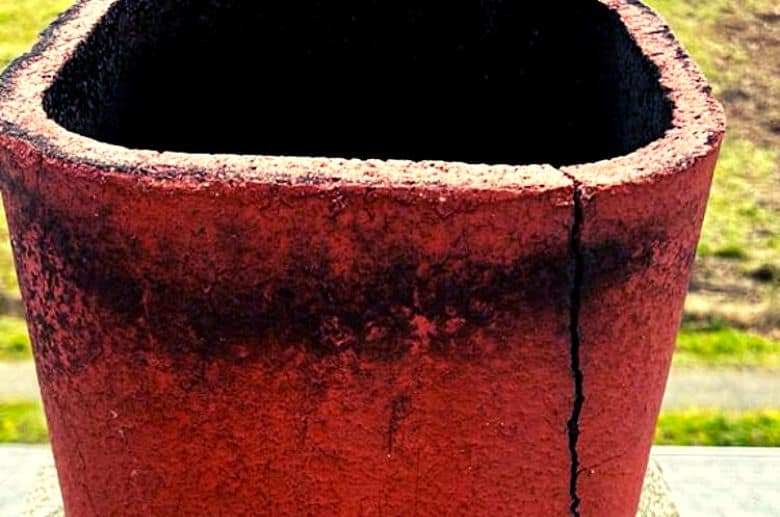
Cracks are common culprits regarding water damage in the fireplace and chimney. Over time, as your home settles, the mortar joints holding your bricks and stone can also shift and crack.
Once a crack forms, water can seep through the opening and cause significant damage to the inner structure of your chimney – leading to expensive repairs down the road.
If you notice any cracks in your flue liner, it’s vital to have them repaired as soon as possible to prevent further damage. Relining the chimney is often the best option for repairing cracked flue liners.
This is because a new liner will create a watertight seal that will keep your chimney structure dry and protected from future damage.
2. Chimney Draft Problems
Downdraft occurs when cold air from outside enters the chimney and pushes the warm air out of the fireplace. Not only is this annoying, but it can also be dangerous as it can allow carbon monoxide to enter your home.
One way to tell if you’re experiencing a downdraft is by holding a lit incense stick near the fireplace. If the smoke from the incense is pushed back into the room, you most likely have a downdraft issue.
Chimney relining can often fix draft issues by creating an airtight seal that prevents outside air from entering the chimney.
3. Brick Chimney Deterioration
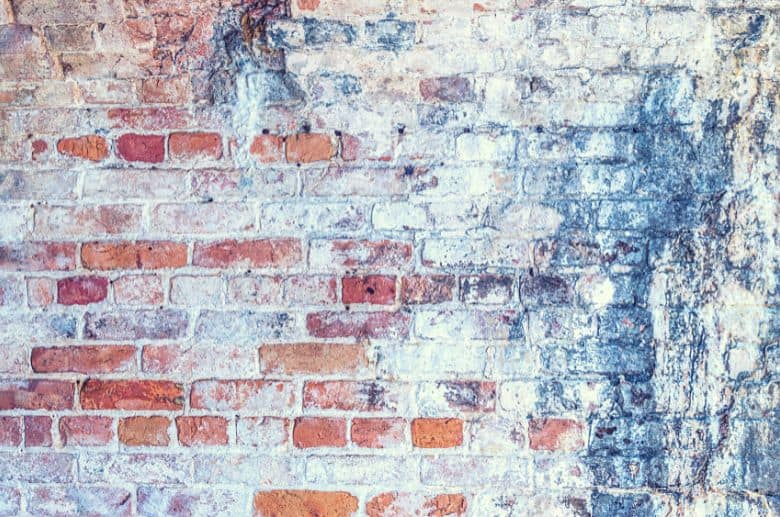
Chimney bricks are deteriorating faster now than they did even a few decades ago. The main reason for this is the amount of sulfur dioxide and nitrogen oxide in the air. You may require chimney inspection services to determine how quickly your chimney is deteriorating.
If you notice any cracks, crumbling, or missing bricks in your chimney, you must have them repaired as soon as possible. Once again, relining the chimney is often the best option as it will create a new barrier between the flue and the outside elements.
4. Water Condensation Problems
Moisture is the biggest enemy of any chimney. Not only can it cause bricks and mortar to deteriorate, but it can also lead to mold and mildew growth, which are dangerous to your health.
If you notice any water condensation in or around your fireplace, it’s a sign that your flue liner is no longer functioning correctly. This usually occurs when the flue liner cracks and water can seep through.
Again, it’s important to consider professional chimney inspection services to help you determine the cause of the moisture problem and how to fix it.
5. Fireplace Conversion
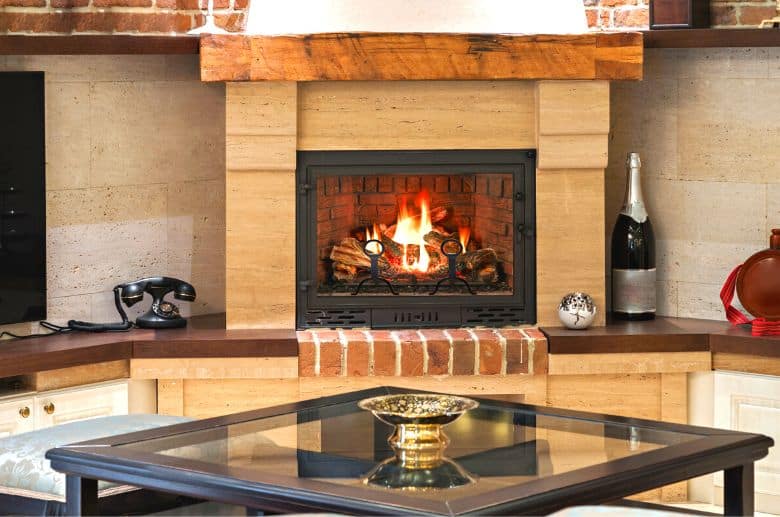
There are two types of fireplace conversions: wood to gas fireplace conversion and gas to wood fireplace conversion.
If you’re planning on converting your fireplace, you must have a new chimney liner installed. This is because the new fuel you’ll be using produces different combustion byproducts that need to be appropriately vented.
For example, a stainless steel liner must be installed when converting from a wood-burning fireplace to a gas fireplace. This is because gas combustion produces acidic byproducts that can eat away at a clay liner.
Conversely, converting from a gas fireplace to a wood-burning fireplace requires a clay liner. Wood combustion produces creosote, which is sticky and can build up inside a stainless steel liner, causing a chimney fire.
Whether you notice any of these problems or not, it’s always a good idea to have your chimney inspected by a professional at least once a year. This way, you can catch any problems early on and prevent them from worsening – saving you time and money in the long run.
——
Do You Need to Hire Chimney & Fireplace Expert?
Get free quotes from qualified experts near you. No commitment required!
——
——
Do You Need to Hire Chimney & Fireplace Expert?
Get free quotes from qualified experts near you. No commitment required!
——
How Long Does Chimney Relining Last?
| Types of Chimney Liners | Average Life Span |
| Clay Tile Chimney Liners | 5 to 15 years |
| Metal Chimney Liners | 15 to 25 years |
| Cast in Place Chimney Liners | 50 years if cared for properly |
| Aluminum Chimney Liners | 10 to 15 years |
| Stainless Steel Chimney Liners | 15 to 20 years |
| Concrete Chimney Liners, Golden Flue Liners, and Heat Shield Liners | 15 to 20 years |
Can I Reline My Chimney Myself?
It’s possible to reline your chimney yourself, but we don’t recommend it. Such a difficult job should only be performed by a professional.
The best way to know if your chimney needs to be relined is to have it inspected by a pro. They will be able to tell you what type of liner you need and how to install it properly.
If you’re set on doing the job yourself, do your research and follow the instructions carefully. Remember, your safety is always paramount.
How Much Does It Cost to Reline a Chimney?
The average cost of relining a chimney ranges between $2,500 and $7,000. Of course, these figures depend on several factors, including the type and size of the liner. We elaborate in the table below:
| Chimney Liner Types | Average Installation Cost Per Foot |
| Clay Chimney Tiles | $10 |
| Stainless Steel Tiles | $65 |
| Aluminum | $12 |
| Concrete/Thermocrete | $200 |
| Cast-in-Place | $250 |
Conclusion
There are many chimney relining options available, but which one is suitable for your home?
The answer depends on a few factors, including the type of fireplace you have, the severity of the damage, and your budget.
If you’re unsure which option is best for you, we recommend talking to a professional. They will be able to inspect your chimney and make the best recommendation for your specific situation.
Whatever you do, don’t put off repairing your chimney liner. The longer you wait, the worse the damage will become – which could lead to a dangerous chimney fire.






